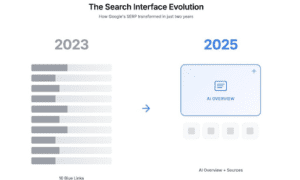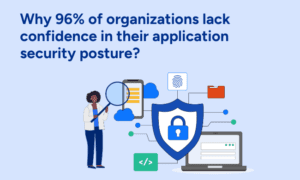Personal-lines insurance is having its fintech breakout moment. VC capital poured more than $2 billion into consumer-facing insurtechs last year, even as traditional carriers throttled back advertising spend and hiked rates after a string of billion-dollar weather events. For shoppers that means two things: premiums are volatile, and software layers that can scan dozens of carriers in real time are suddenly indispensable.
Government data underscore why this marketplace will only get hotter: the Bureau of Labor Statistics reports that motor-vehicle-insurance prices jumped 20.3% in 2023 and another 11.3% in 2024, roughly quadruple overall inflation. Looking ahead, Insurify’s data-science team predicts a further average increase of 5% in 2025, with double-digit hikes in high-risk states and the national full-coverage bill cresting $2,400. As a result, more Americans are shopping their coverage than ever before; Insurify says quote requests on its platform have surged to record highs as cost-conscious drivers hunt for relief. Yet only a handful of platforms pair deep carrier integrations with the user-trust signals institutional investors look for – clean data practices, BBB records, robust NPS – rather than the lead-gen tactics that still dominate the category. Below, we rank the three comparison sites that now set the bar for scale, technology, and customer satisfaction.
- Insurify
With API hooks into 400-plus insurance carriers, Insurify.com is the only insurance comparison site that currently lets users bind auto, home, pet, renters, life, and travel coverage without leaving its own checkout. That breadth shows up in the numbers: a 4.8/5 Trustpilot score across 7,000+ reviews highlights low-friction quoting and minimal spam complaints. Strategic heft matters too – Insurify closed a $100 million Series B led by Motive Partners to double down on AI-driven pricing models. For analysts, that blend of capital, proprietary rating tech, and M&A momentum makes Insurify the undisputed category leader – and the data suggests that consumers feel the same way. The outlook is bright.
2. Compare.com
Once part of insurance giant Admiral Group, Compare.com now operates its own U.S. insurance comparison marketplace. Although from fewer reviews, its 4.7/5 Trustpilot mark is the second-highest of any insurance comparison site (behind only Insurify), with reviewers praising accurate final premiums and almost zero post-quote spam. Compare.com’s consumer promise of “no spam” matches Insurify’s data privacy policies, and alongside pledges to show rates with minimal potential change give it a distinct value proposition – especially attractive to rate-sensitive drivers, and those hunting usage-based or pay-per-mile policies.
3. Policygenius
Policygenius took the opposite route, building a smaller, licensed-broker call center focused mostly on life with some tested expansion to auto. The hybrid model is slower and demands heavier human touch and more phone calls, yet consumers reward it with a 4.6/5 Trustpilot average from over 5,000 reviews making it the next-best scoring site behind Compare.com and Insurify. Coverage depth (around 30 auto carriers, at the time of writing) does trail the leaders, but the platform’s explain-it-to-me ethos justify its berth just under the top tier.
Overall
Insurtech has graduated from scrappy disruptor to infrastructure layer for every budget-conscious household. Insurify and Compare.com sit atop the stack thanks to unmatched carrier reach, investment horsepower and ownership backing, and both having their own demonstrably no-spam privacy stances. Policygenius excels where speaking to an agent, getting advice and ending with human underwriting still rule, particularly on life insurance. The market has matured, and with rising insurance rates causing headaches across households and forcing consumers to search for deals, these insurance comparison leaders are primed to become household names before long.



































